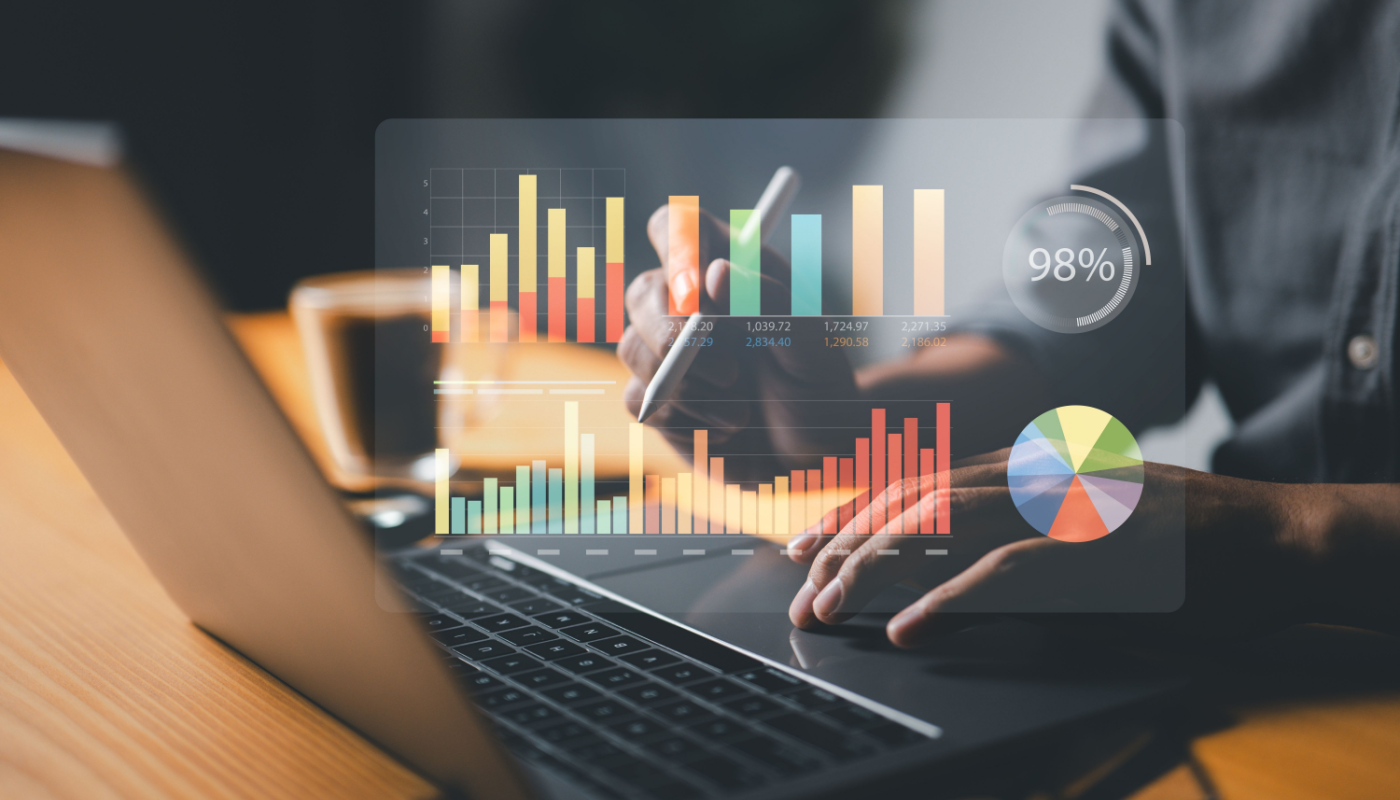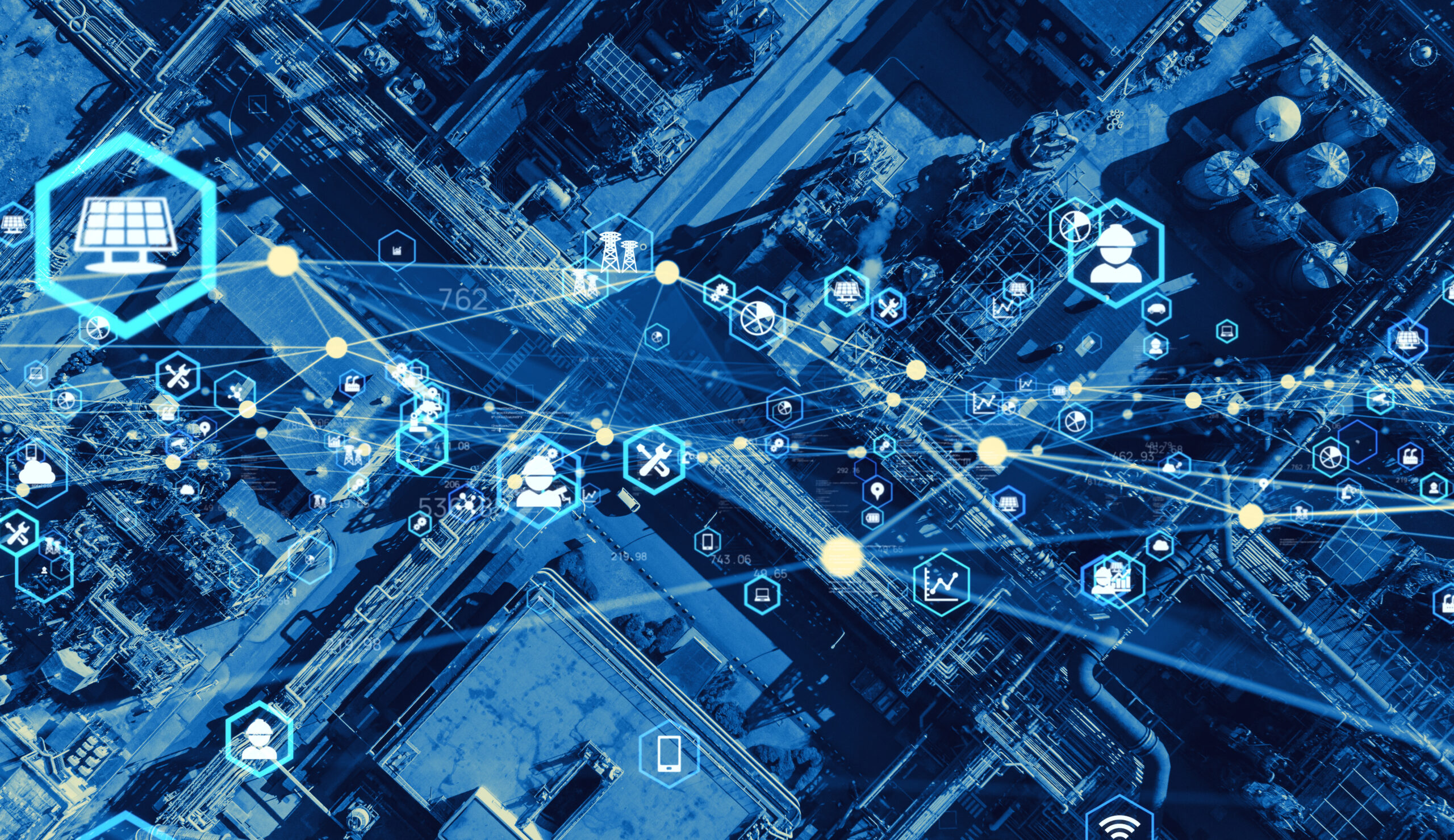What’s the Difference Between Machine Learning and Statistical Modeling?
What is Statistical Forecasting?
Statistical forecasting is the process of predicting future volumes based on the current data. The data is time-dependent and sequential. Time-dependent data is called a time series. The historical states of a times series data are used for training a forecast model, then given the current state, the future state can be forecasted. Sometimes statistical prediction is confused with statistical forecasting. Forecasting can be considered a prediction model but not all prediction models can be considered forecast models.
What is Machine Learning?
Machine learning (ML) is a class of algorithms that may include a statistical method with the objective of providing an understanding of the patterns and structures in a data set. These algorithms perform tasks without specifying instructions. It is dependent on patterns and inference. In its simplest form, it takes data and provides an understanding of the data through a process that is called training. After training, any data that is provided as input, a matching output is generated.
There are four areas of ML:
- Supervised learning: requires a data set and classification of the dataset. The training process attempts to match patterns in the data to the classification. Can be applied to forecast data.
- Unsupervised learning: Associated with unclassified data set. It analyzes data without human intervention. The training process allows the algorithm to recognize patterns and structure in the data that is usually not obvious.
- Reinforcement learning: the system is trained through reinforcement; the algorithm receives feedback and the feedback is used to guide users to the best outcomes.
- Deep learning: incorporates Neural Network in multiple layers to learn from the data iteratively. The computer imitates how the human brain works. The computers are trained to handle poorly defined problems. Examples are Image recognition, speech and computer vision applications.
What are the differences between Statistical Modeling and Machine learning?
Statistical forecasting has its origin in Classical statistics whereas machine learning has its origins in computers science. Machine learning makes fewer assumptions about the data and therefore can be applied to different types of data. Statistical forecasting sometimes requires that assumptions be made to the distribution of the data. This can be a restriction on the type of data.
Read More: Which Statistical Forecasting Methods Should I Use?
What are the similarities?
They both require that error be minimized and therefore would use varying optimization strategies for improvement of their algorithms. They tend to handle similar problems but have their strengths, and as a result, may be considered complementary strategies. Machine learning can provide some understanding of a time series by distinguishing a class of time series that matches different methods.
Source of Data for Statistical Forecasting
Accuracy of the statistical forecasting data is based on the quality of data. Therefore, when an organization is sourcing for a supply chain planning software, utmost care must be given to design the system in such a way that the data required for the forecasting will readily be available within the system.
Accurate data from underlying connected systems ensure higher accuracy in forecasting functionality bringing greater sanity to manufacturing and procurement planning to ensure minimum stockout and excessive inventory buildup situations.
Qualities of Data Needed for Statistical Forecasting
The role of statistical forecasting will depend upon the quality of the data available in the planning system.
Elements that should be considered when evaluating data quality include:
- Accuracy: how accurate is the data? How is it sourced? Is this a manual or automatic process? Generally, manual processes will tend to have more chances for incorrect data.
- Timeliness: How timely is the data? Does the data in the system correspond with the historical data needed for effective forecasting? Is there a need for real-time data?
- Completeness and consistency: How consistent are the data? This data quality test is often conducted in conjunction with accuracy evaluations. Are there certain data sets that seem incomplete? There’s the need for a combination of human intelligence based on business information and system cross-verification.
- Relevancy: Your data might be accurate but how relevant is it? For forecasting purposes, it’s essential to select only relevant data sources that can help with your forecasting goals. Just because you have the data doesn’t mean that it should be included in your system.
- Context: What’s the context behind the data? Is there an outlier that should be disregarded because it represents abnormality? Without context, it might be difficult to increase forecast accuracy.
- Accessibility: Forecasting is not a one-time affair, therefore the data used in planning systems should be accessible whenever you need it. Creating an integrated supply chain planning system that connects different systems often helps with this process.
- Representation: Are all your different locations, products, product combinations represented in your data? Make sure that you have access to the data variety needed to quickly understand and analyze your data.
Machine Learning in Statistical Forecasting
Machine Learning (ML) has become an important element in decision-making today. It has revolutionized the entire process of decision-making with the shortest possible time required for a decision. Each movement of the individuals, material, finished goods, etc. are captured and stored as data and used for decision-making through Artificial Intelligence (AI).
The advent and progress of Machine Learning have made statistical forecasting simpler with access to a higher volume of data compared to the past.
Read More: Using Demand Planning Statistical Models to Enhance Your Sales Forecasts
Machine learning algorithms for time series forecasting
Neural network algorithms are the most widely used machine learning algorithm for forecasting. The Neural Network approach to time series has different variants depending on the structure and class of the time series and has the ability to handle more complex structures in a time series.
Time series can be categorized into different classes, and each class may be best matched to a subset forecast methods. So, there is a class of Time series that sometimes matches well with Machine Learning forecast methods and others that matches well Statistical forecast methods. Machine learning and statistical modeling are not necessarily competitive methods, rather each may be best suited for certain classes of Time series.
How can machine learning help demand forecasting?
One can use machine learning to optimize the forecasting process. From detecting unusual patterns in the data, categorize data into different classes of time series and match a time series to a method. So, machine learning provides the building block for the intelligent and smarter forecast with fast forecast runtime without compromising accuracy.
Future possibilities of Machine Learning in Statistical Forecasting
The future of machine learning would be to continue to improve the forecasting process. Minimize human interaction with the forecasting process and fully automated the end-to-end forecasting process, data collection, anomaly detection to optimal method assignments.
Enjoyed this post? Subscribe or follow Arkieva on Linkedin, Twitter, and Facebook for blog updates






